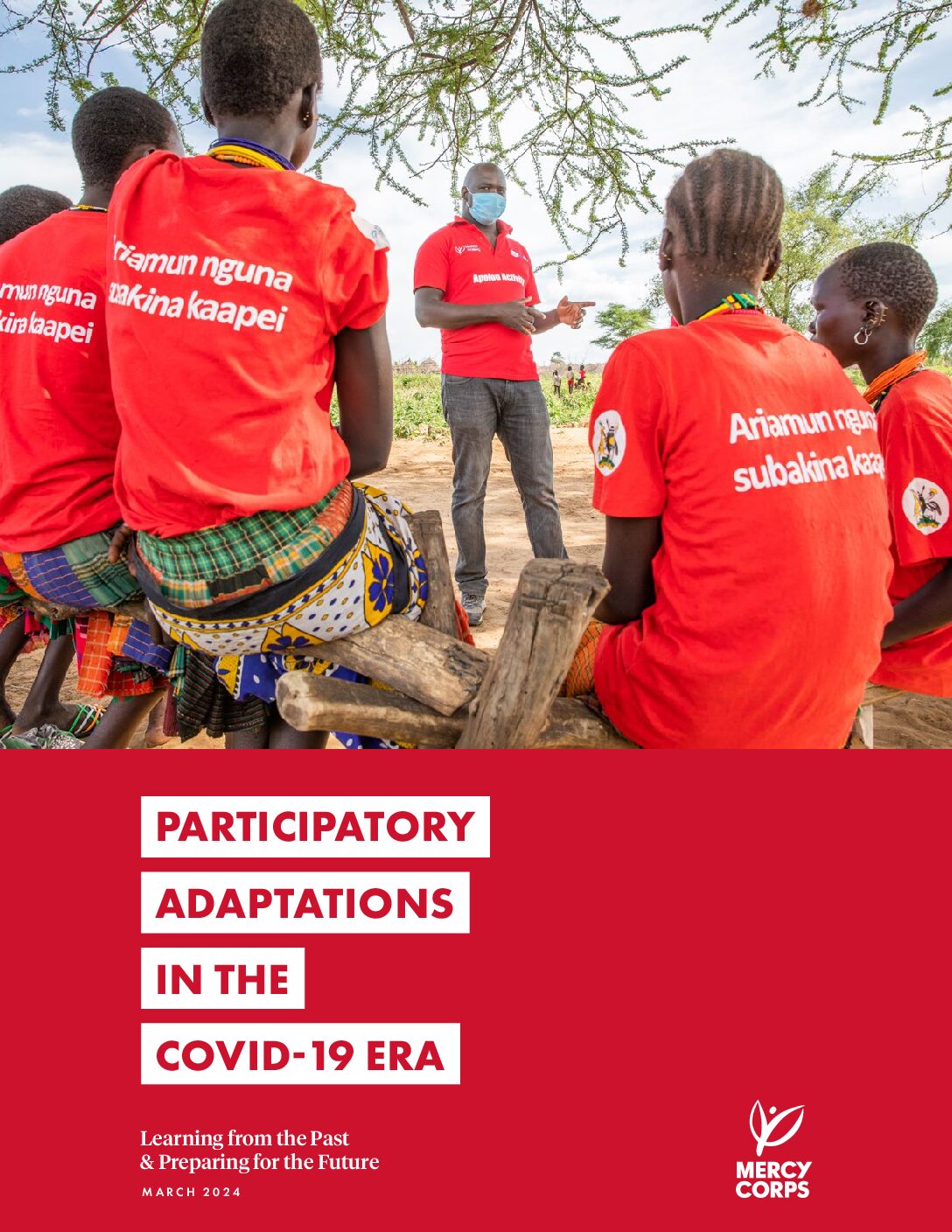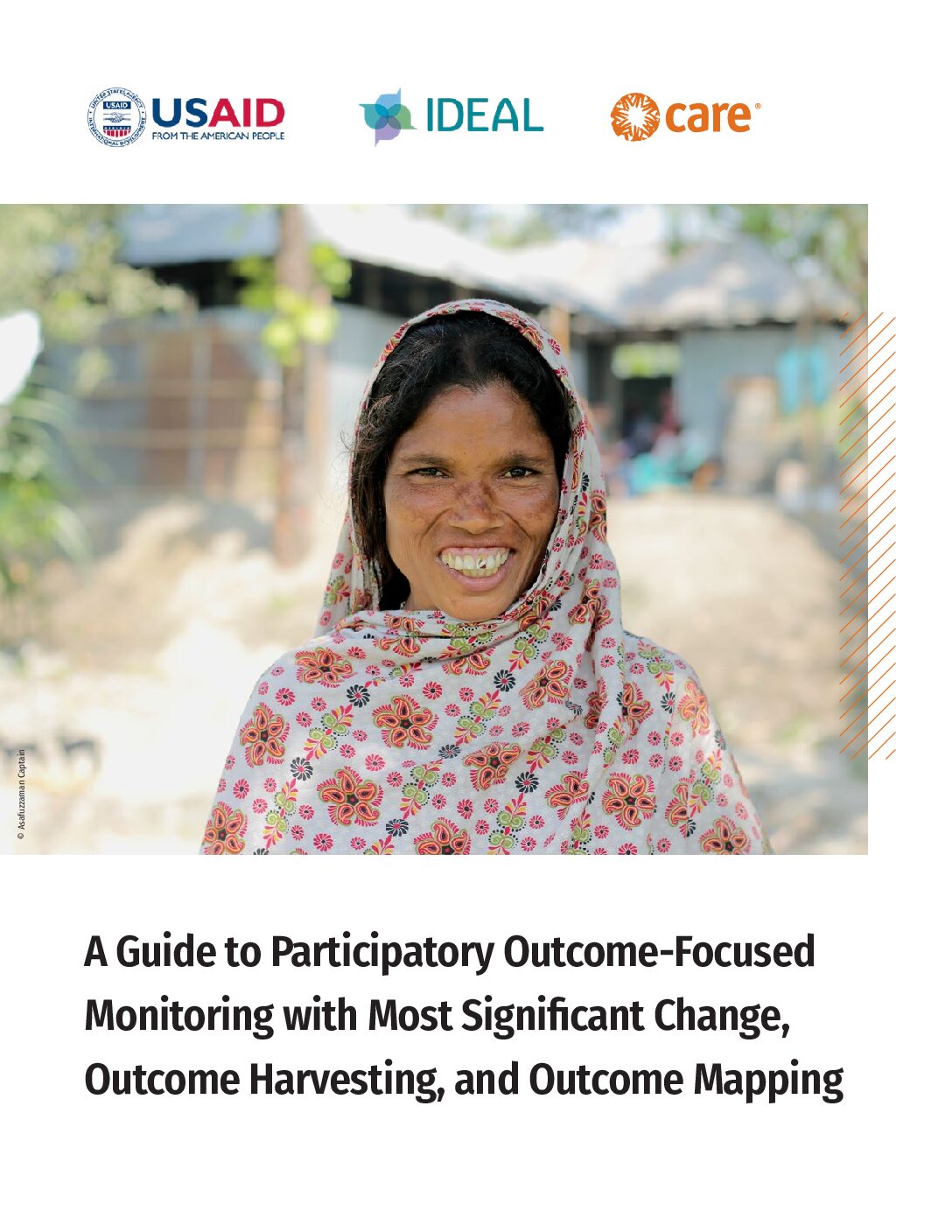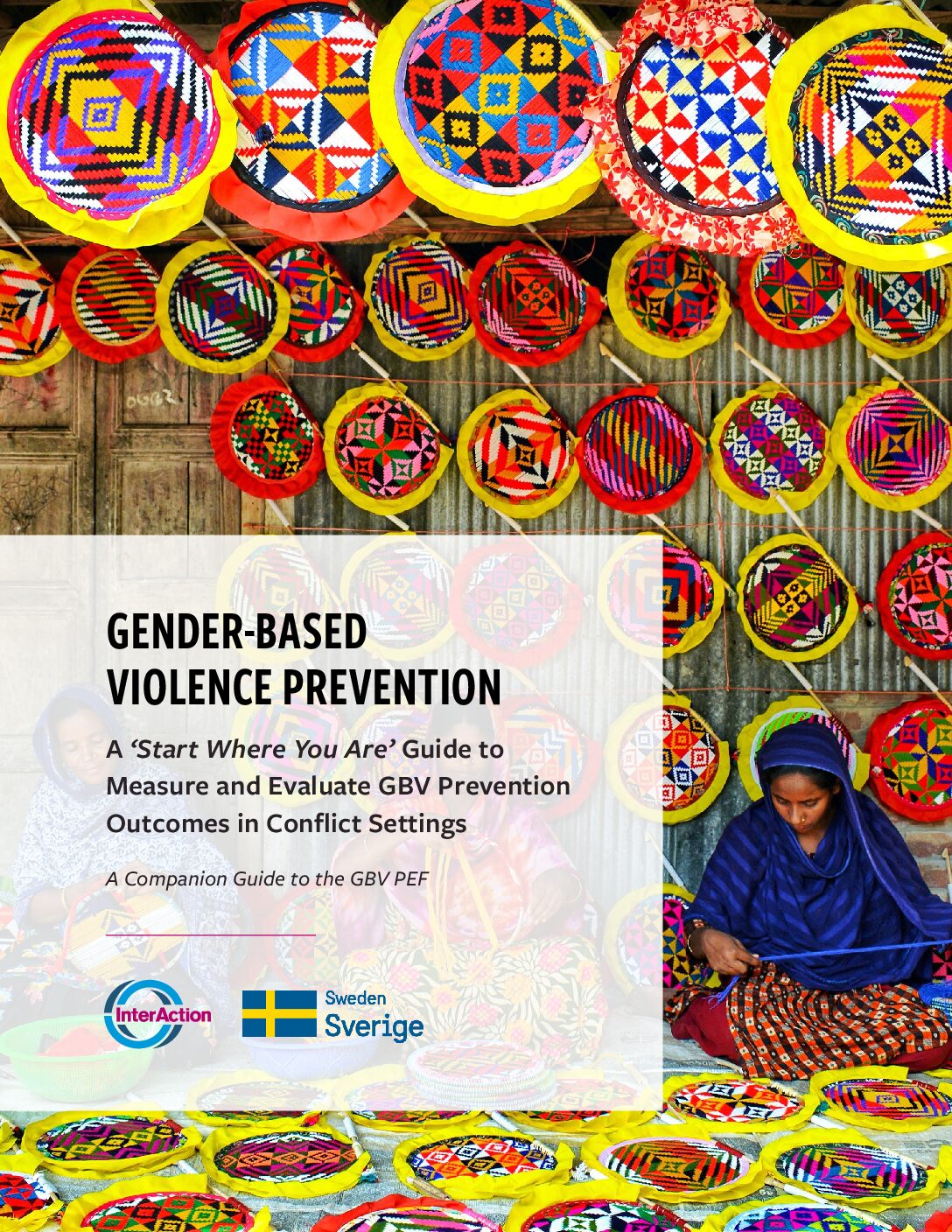Cultivating Protection: The Art of Human-Centered Systems Thinking
The feasibility of applying results-based protection to protection programming is dependent on a thorough understanding of the cultures, resources and systems which underpin the humanitarian context being addressed. Ideo U’s comparative blog piece “Systems Thinking vs Design Thinking, What’s the Difference?” provides us with an informative and concise explanation of Systems Thinking and Design Thinking which are approaches that underpin results-based protection. Design Thinking uncovers mindsets to understand how humans may be enabling a problem and focuses on identifying tangible entryways to solve the problem through shifting these mindsets and unlocking human creativity. Systems Thinking, however, is more pragmatic and aims to define the key networks and elements of a system and these elements’ functional relationships with one another. Results-based protection acknowledges how these two approaches to solving systemic problems are effective on their own but also pose considerable setbacks. Meaningful protection outcomes could not be achieved without centering the lived realities of civilians affected by human-made violence, and design thinking provides a strong entry point to understanding the risks people are exposed to as well as the basic needs they are deprived from due to violence. Systems Thinking is necessary because it provides macro context that could pertain to the international humanitarian architecture or the relationships between national and international agencies, organizations, or institutions. However, the value of Systems Thinking is that it expands beyond the humanitarian architecture, encompassing surrounding systems within any given context. When striving to reduce populations’ exposure to violence, we utilize Systems Thinking to understand the systems which armed groups, state actors, communities and every relevant stakeholder operate within. Using Systems Thinking to understand the dynamics of the threat, vulnerability, and capacity is critical in gauging how multiple systems overlap and interact, and ultimately, this will help protection actors in identifying entry points where they may influence, disrupt, or change a dynamic and reduce or eliminate a protection risk.
Ideo U’s piece argues for the utilization of a combined approach, Human-Centered Systems Thinking. This approach integrates the critical features of both Systems and Design Thinking to fill in the gaps that each approach leaves when utilized alone. INGOs who seek to enable communities in realizing self-defined protection outcomes must employ this integrated approach which considers their internal institutional cultural, components and networks of the systems in which the work is being done, and how diverse resources are accessed and distributed. The Human Centered Systems Thinking approach strongly considers the RBP enablers of culture, resources, and systems/processes in an interconnected fashion and centers human creativity while also considering the pragmatic side of overlapping systems. Human Centered Systems Thinking is an effective tool in pulling together and making sense of the three enablers of achieving results-based protection.
Please read Ideo U’s blog to gain a deeper understanding of Design and Systems Thinking and the need for a Human-Centered Systems Thinking approach.



